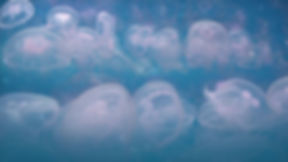
Plastics in the Environment

Toxicity
The composition and chemical nature of plastics leads to toxicity in the marine environment.
Plastics are commonly composed of polypropylene, polyethylene and polystyrene, as well as various additives.
These compounds cling to pollutants that are repelled by water such as DDT, PCB’s, PAHs and nonylphenols. Harmful compounds are concentrated and made available for consumption by marine life.
Plastics tend to leach harmful chemical additives.
Physical Harm
Plastics debris can entangle organisms, cause injuries and lead to death.


Bio-
accumulation
Plastics are ingested by marine organisms ranging from whales to plankton.
Studies have demonstrated the transfer of microplastics to higher trophic levels.
Microplastics are common in the tissues of fish consumed by humans.
consequences
When ingested, marine microplastics have the potential to expel both the toxic additives they are composed of, as well as various other toxins acquired from the environment
Plastics spread throughout the body and enter organs and tissues other than the stomach.
Plastics are associated with abnormal development of embryos.
Accumulation of plastics causes a false sense of fullness or plastics may obstruct the digestive tract leading to fullness.
Rates of photosynthesis decrease in algae as a result of microplastics binding to compounds in the cells of algae.

